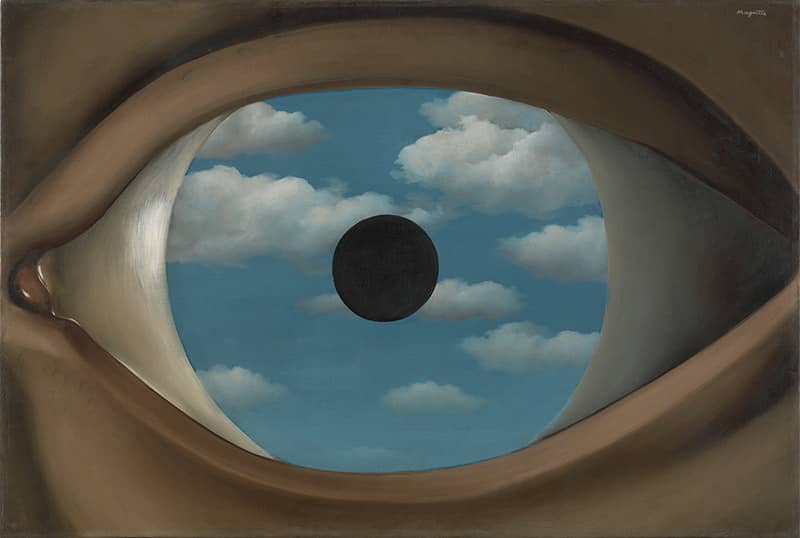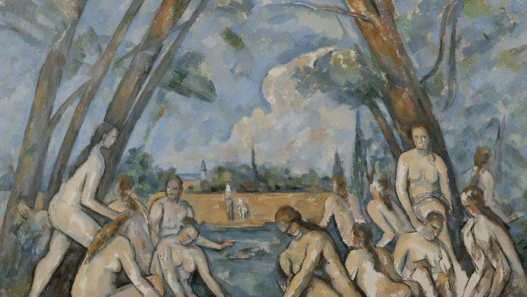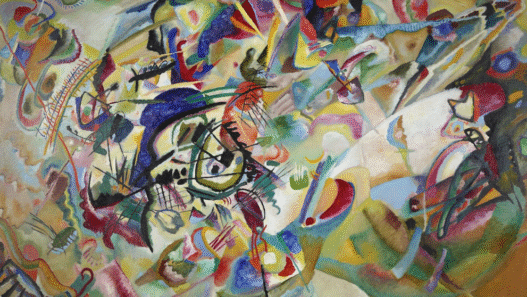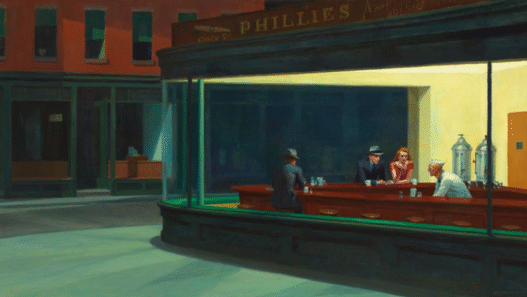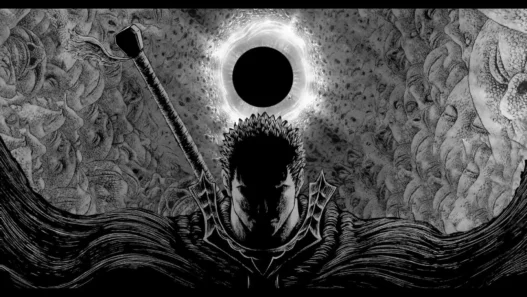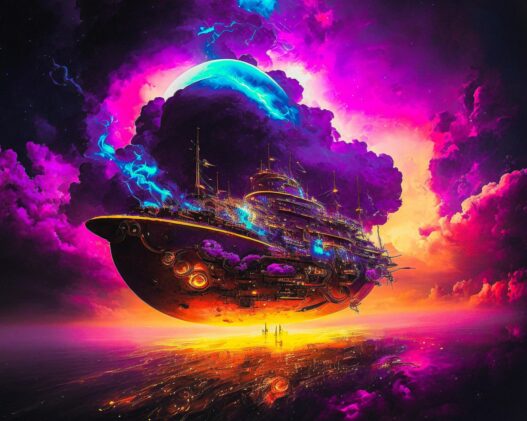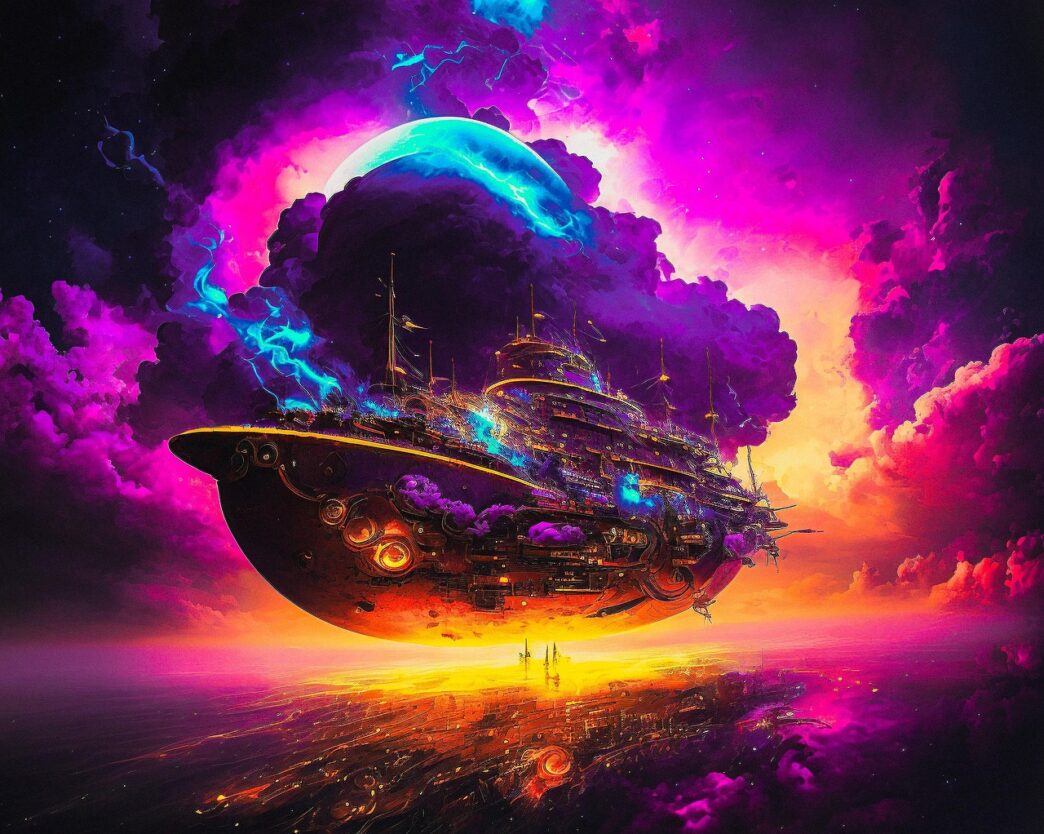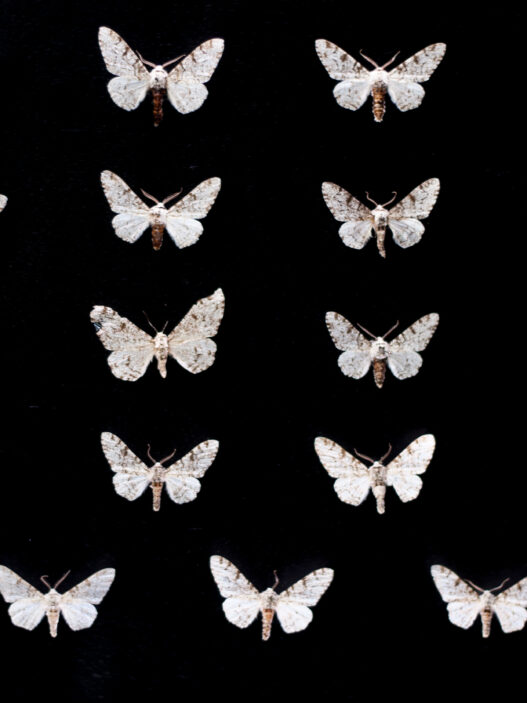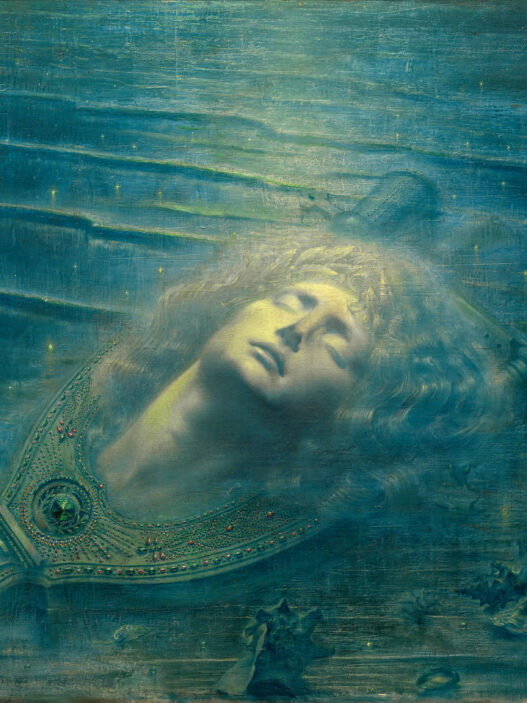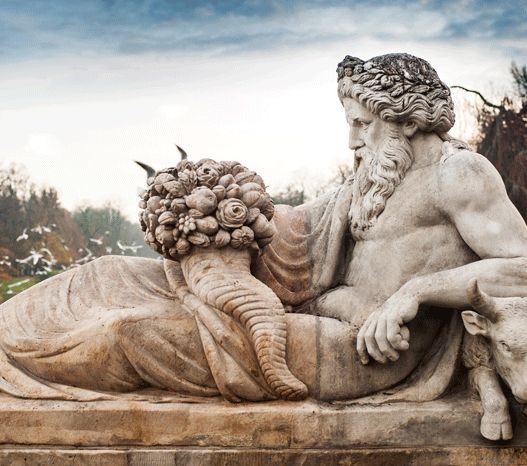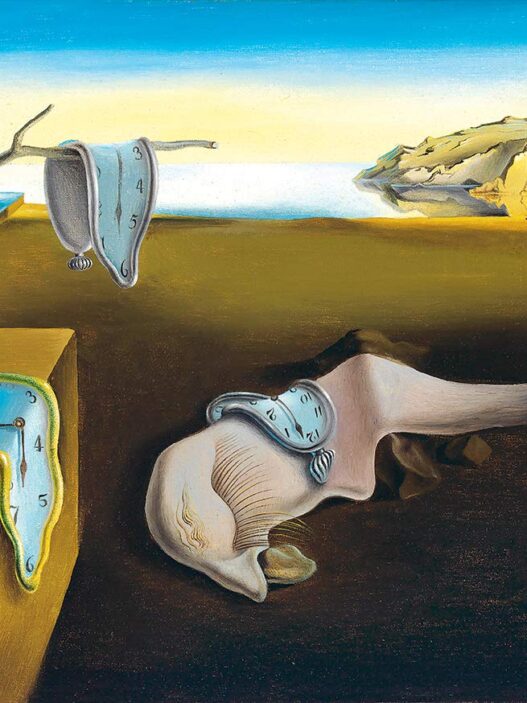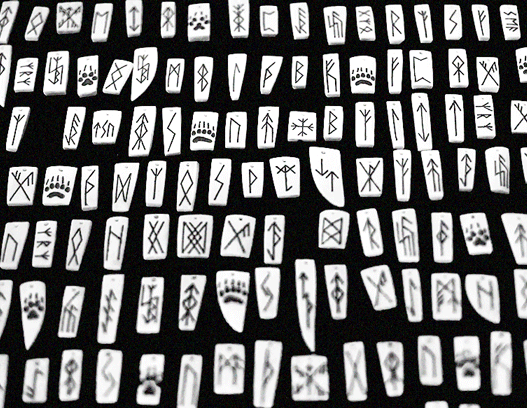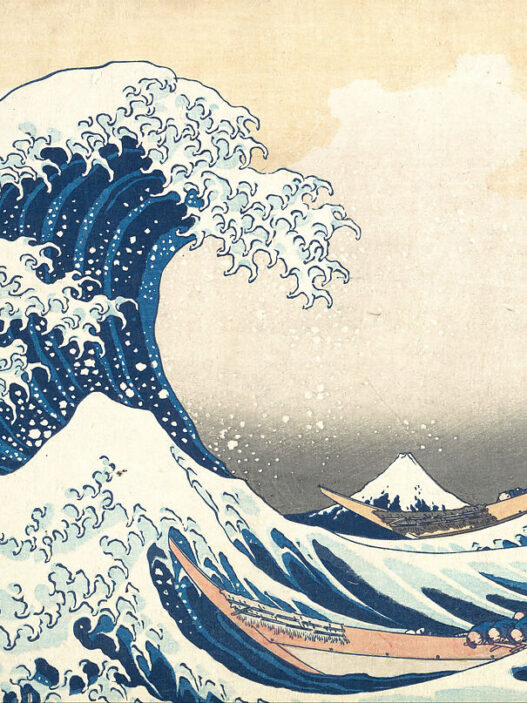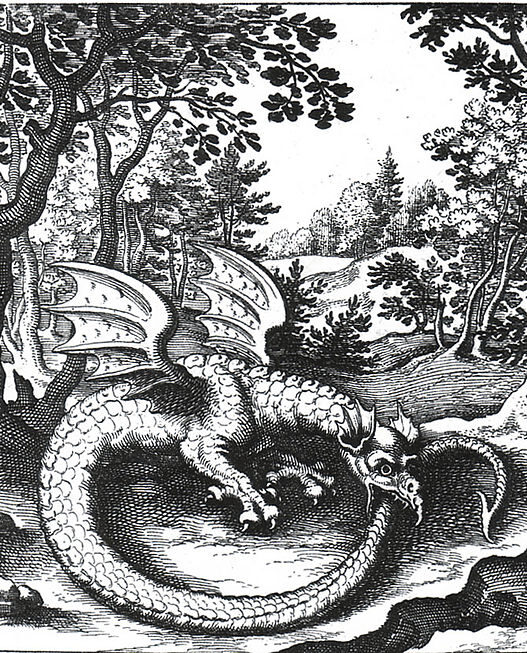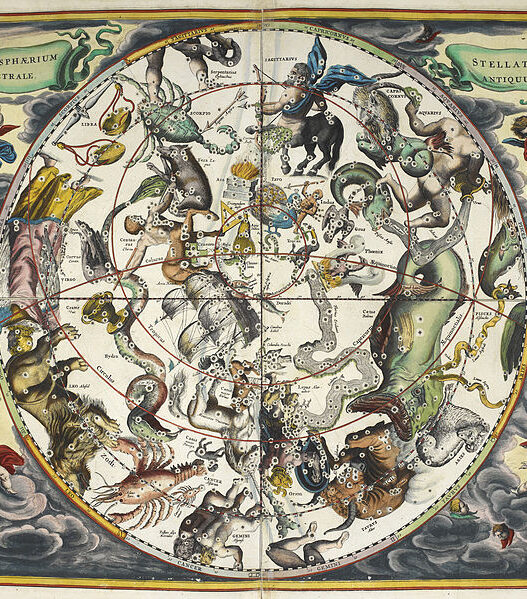code and computation, a new kind of artist has emerged—not human, but algorithmic. AI-generated art is no longer a novelty; it’s a force in galleries, auctions, and digital spaces. But beyond the brushstrokes and pixels, a deeper question lingers: can AI create symbolism—or are we simply projecting our own meanings onto the machine?
What Is AI Art, Really?
AI art is created using algorithms trained on thousands (sometimes millions) of images, enabling machines to “learn” patterns, styles, and visual structures. Tools like DALL·E, Midjourney, and Runway are now capable of producing images that evoke surrealism, futurism, classicism—or anything in between.
But the most compelling works aren’t just visually stunning. They’re emotionally or philosophically charged. We see symbols. We feel narratives. The question is: where do those meanings come from?
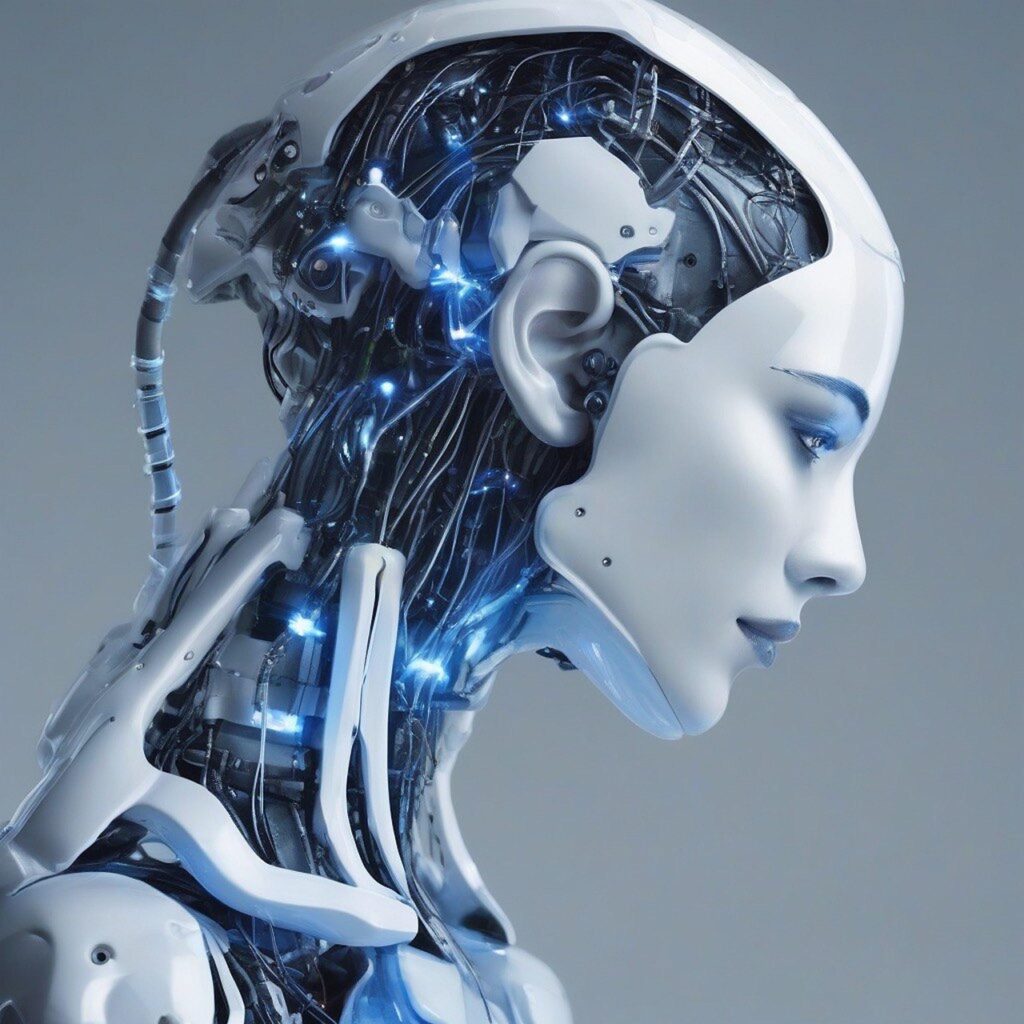
The Human Lens: We Find Symbols Everywhere
Humans are natural symbol-makers. We interpret the moon as mystery, the crow as death, the forest as the unconscious. When we look at AI-generated images, our symbolic thinking kicks in, assigning deeper meaning to what may have been created without intention.
So when an AI creates a shattered statue in a twilight cityscape, we might read it as a meditation on decay, memory, or the fragility of civilisation. But did the AI mean it that way? Or are we seeing ourselves in its reflection?
Can AI Intend Symbolism?
The short answer: no—not yet. AI does not (currently) possess self-awareness, cultural context, or subconscious drives. Symbolism, in its truest form, is born from the interplay of memory, myth, and emotional experience.
However, the long answer is more interesting. Because AI is trained on our cultural memory, its outputs are haunted by our symbolism.
Its art contains echoes of our visual language, religious iconography, surrealist dream logic, sci-fi architecture. I’m not saying it will surpass the visceral, heart wrenching creations of Dali, but it’s no coincidence one of the most popular AI generators is called “DALL-E”.
Whether it’s a digital angel or a post-human landscape, AI reproduces our myths, even if it doesn’t understand them. It seems to share a very basic understanding of mythology, dressed in neon artefacts.
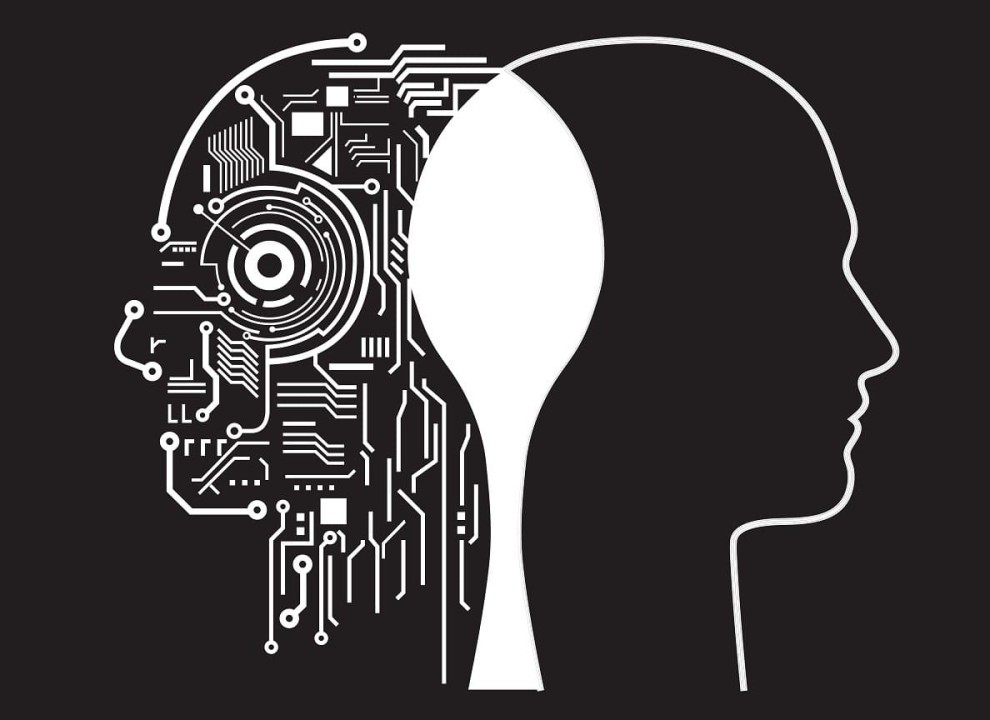
The Symbolism Within AI Art
Even without intention, AI art often brims with symbolic resonance. Here are a few recurring motifs and how we might interpret them:
Faceless Figures
AI often distorts or omits faces. This creates uncanny avatars that explore the human psyche and question identity. We might read this as symbolic of:
Lost selfhood
Surveillance and digital anonymity
The blurring of human and machine
Organic + Mechanical Hybrids
Cyborg flowers, robotic animals, or metallic forests symbolise:
The merging of nature and technology
Evolutionary anxiety
Post-human transcendence
Endless Cities and Empty Skies
Recurring in many AI works, vast alien cities or cosmic voids speak to:
Isolation in the digital age
Infinite potential or infinite loss
Humanity’s search for meaning in the machine
Are We the Real Creators?
Perhaps the most powerful symbolism in AI art is not in the image…but in the act of creation itself.
We’ve made a tool that imitates us so well it now makes “art” back. There’s something mythic about that. Like Prometheus gifting fire, or Frankenstein shaping life from code.
AI art is a mirror, not just of our visual culture, but of our desire to transcend, transform, and be understood. We can feel trapped between our thoughts and screen, slowly being absorbed into the digital realm.
